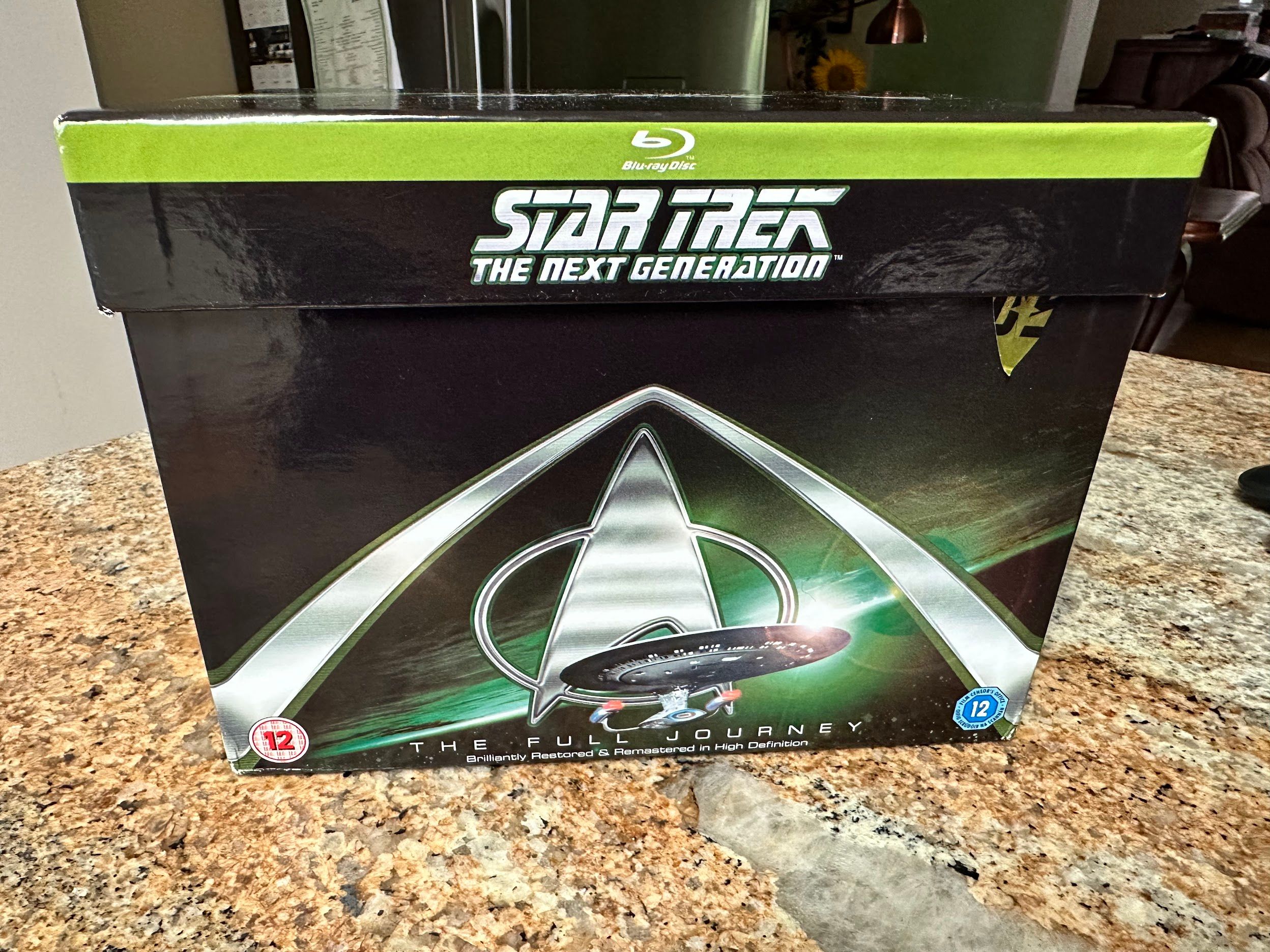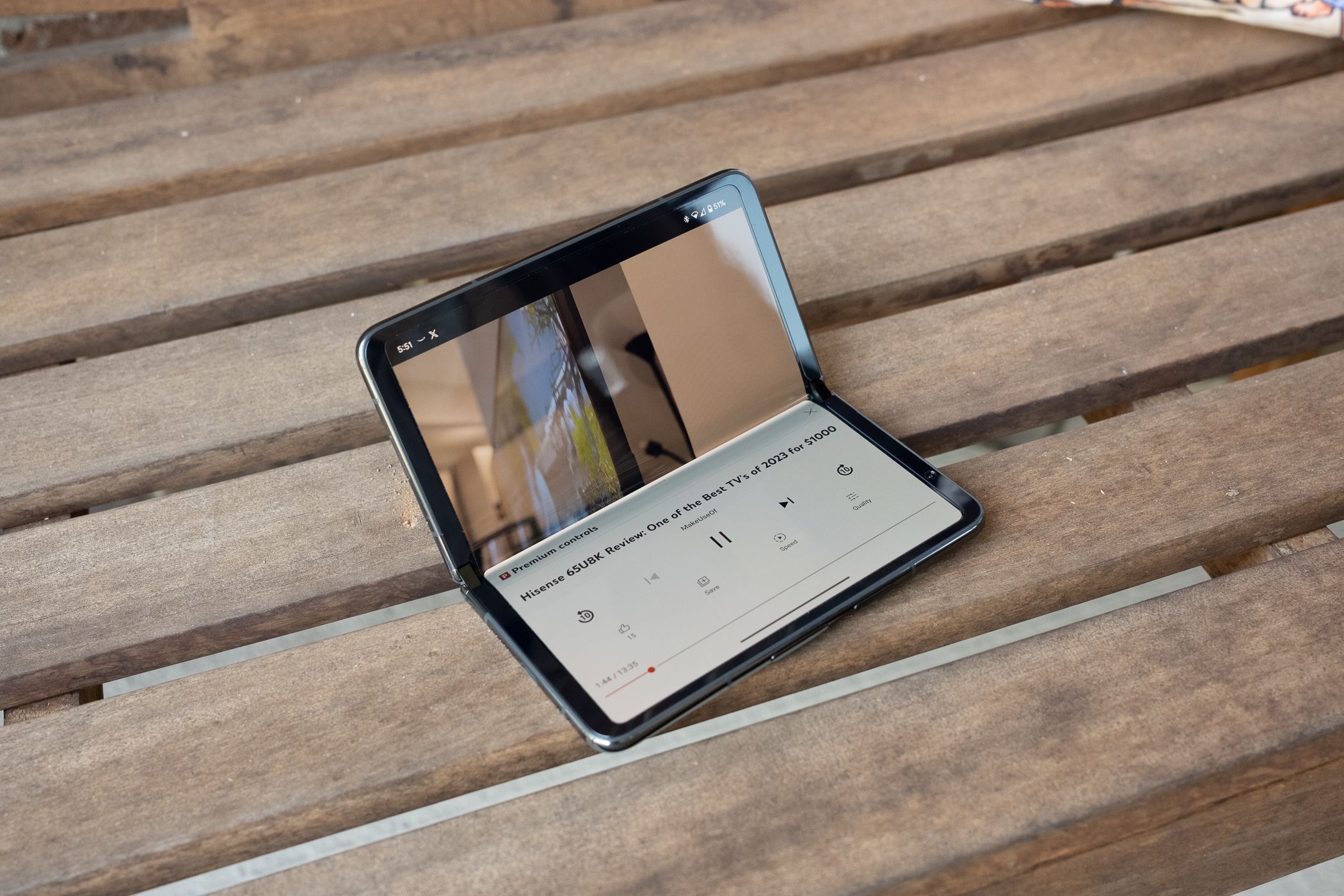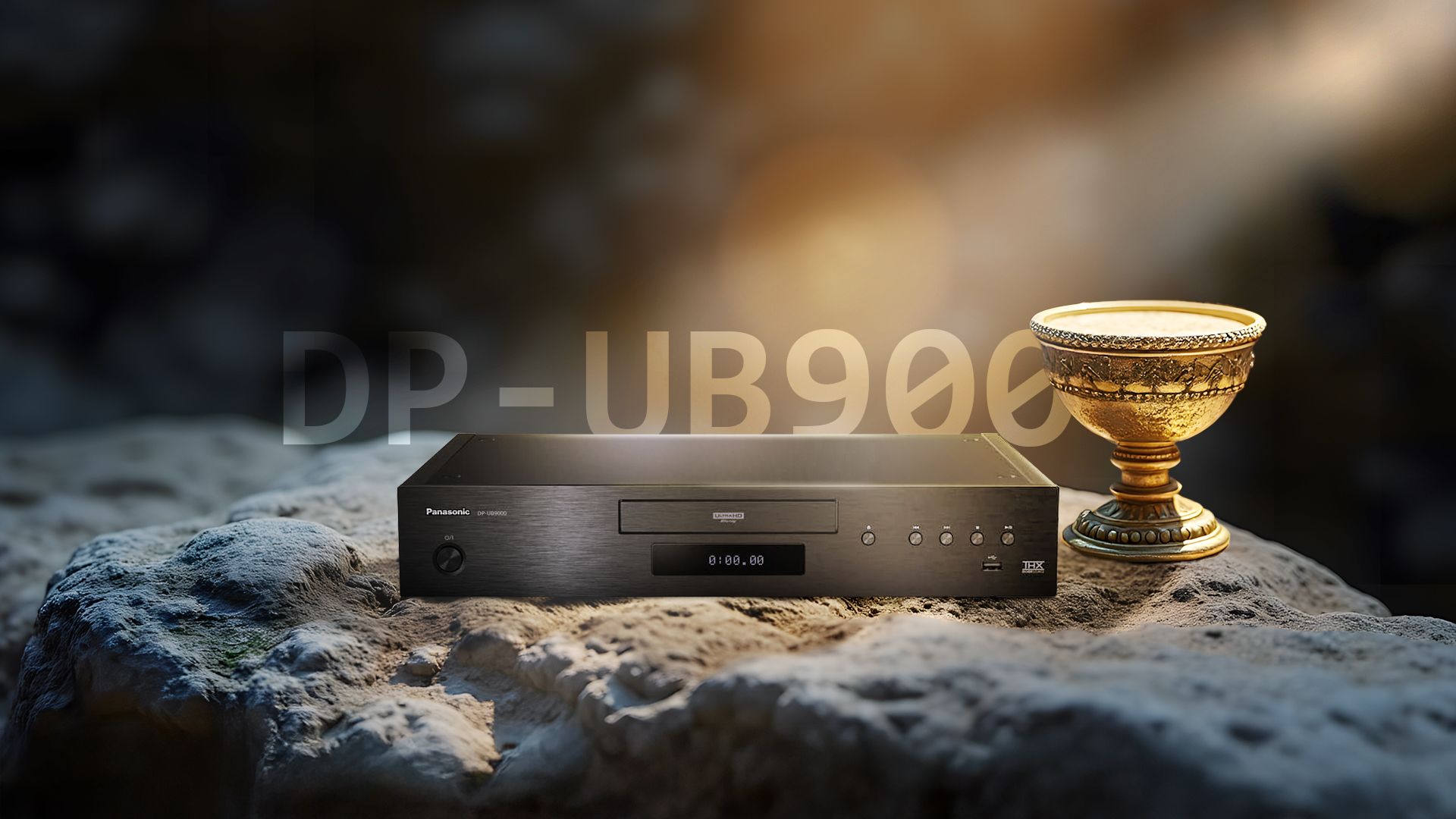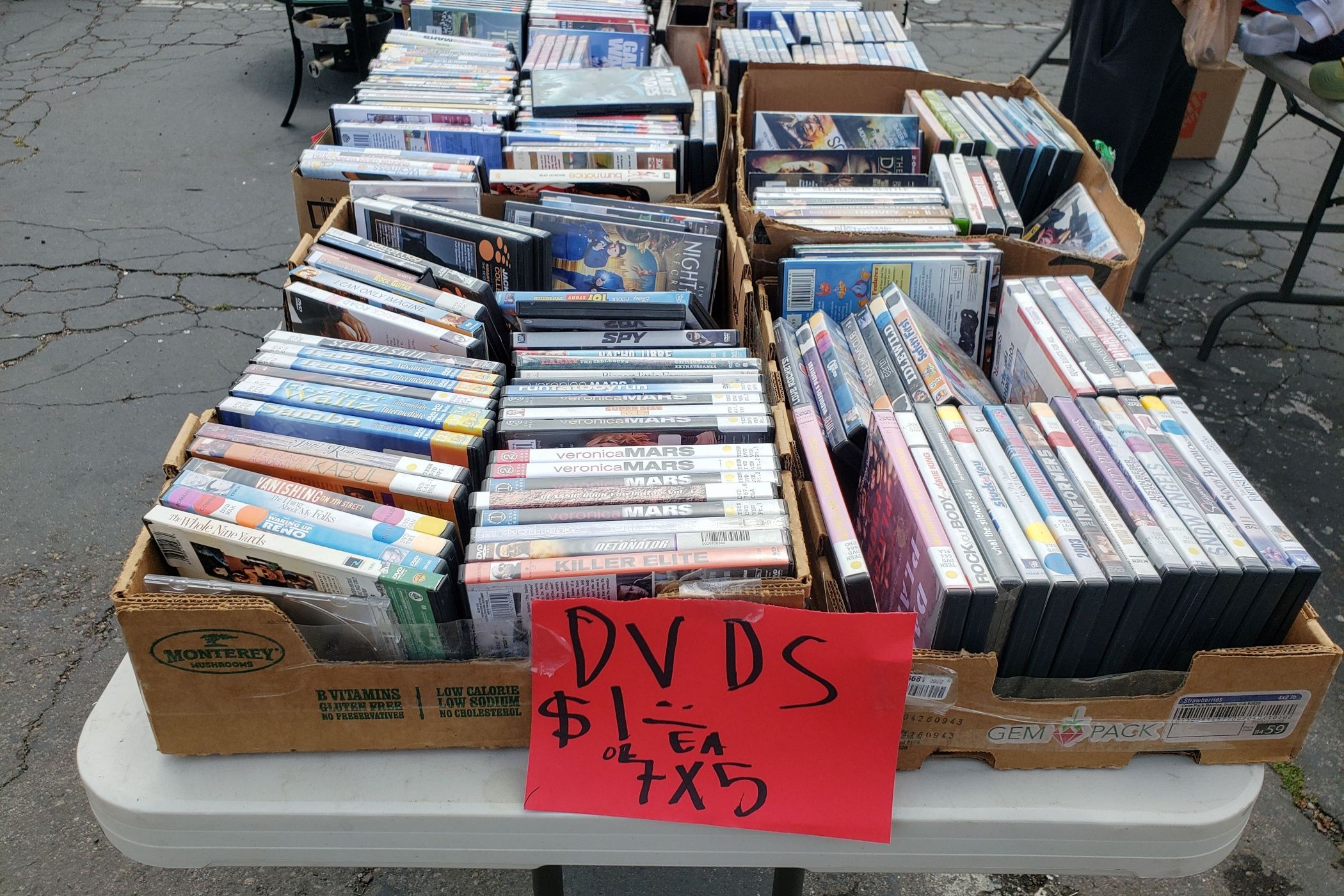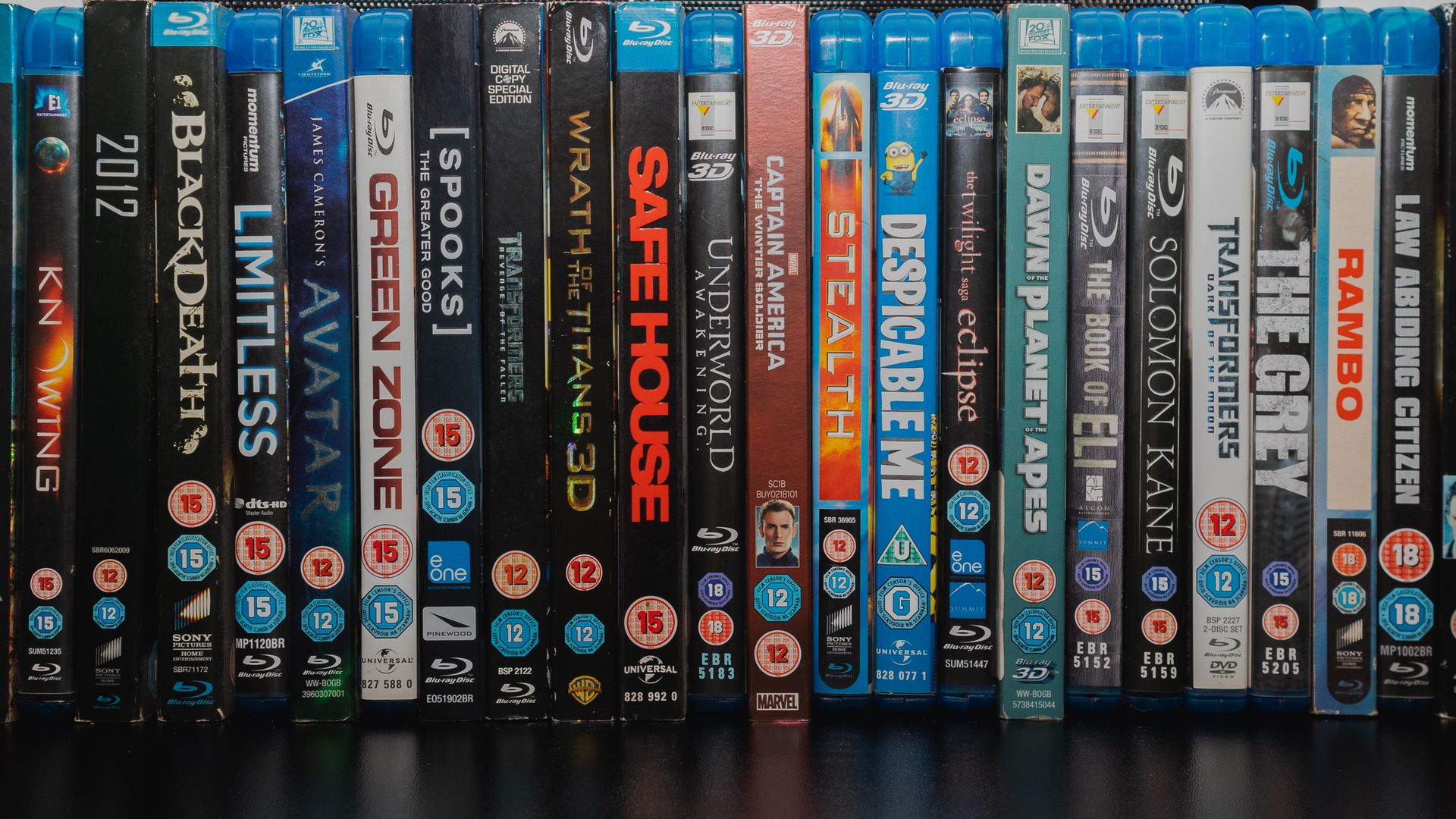Let’s be honest—physical media are on life support. Clearly, people prefer the convenience of streaming services, and that’s perfectly understandable, but it also means a huge number of TV and film fans who have forgotten (or never knew) how much better even standard HD Blu-rays can be.
7
Consistent Video Quality Every Time
Every time you stream a movie (4K or not) from a streaming service, you’re getting a “best effort” service. From one second to the next, the quality of your stream can vary in response to network conditions. You might think that this isn’t something you’d notice, but streaming quality issues often aren’t subtle.
Smeary, crushed blacks and macro blocking (where detail is lost in big ugly blocks) aren’t uncommon. I have symmetrical gigabit fiber, and streams can still crash in quality because it doesn’t just depend on factors that I control. Sometimes I can watch a movie and notice no quality issues at all, then the next film will be an ugly mess because of some issue on the other side of the country.
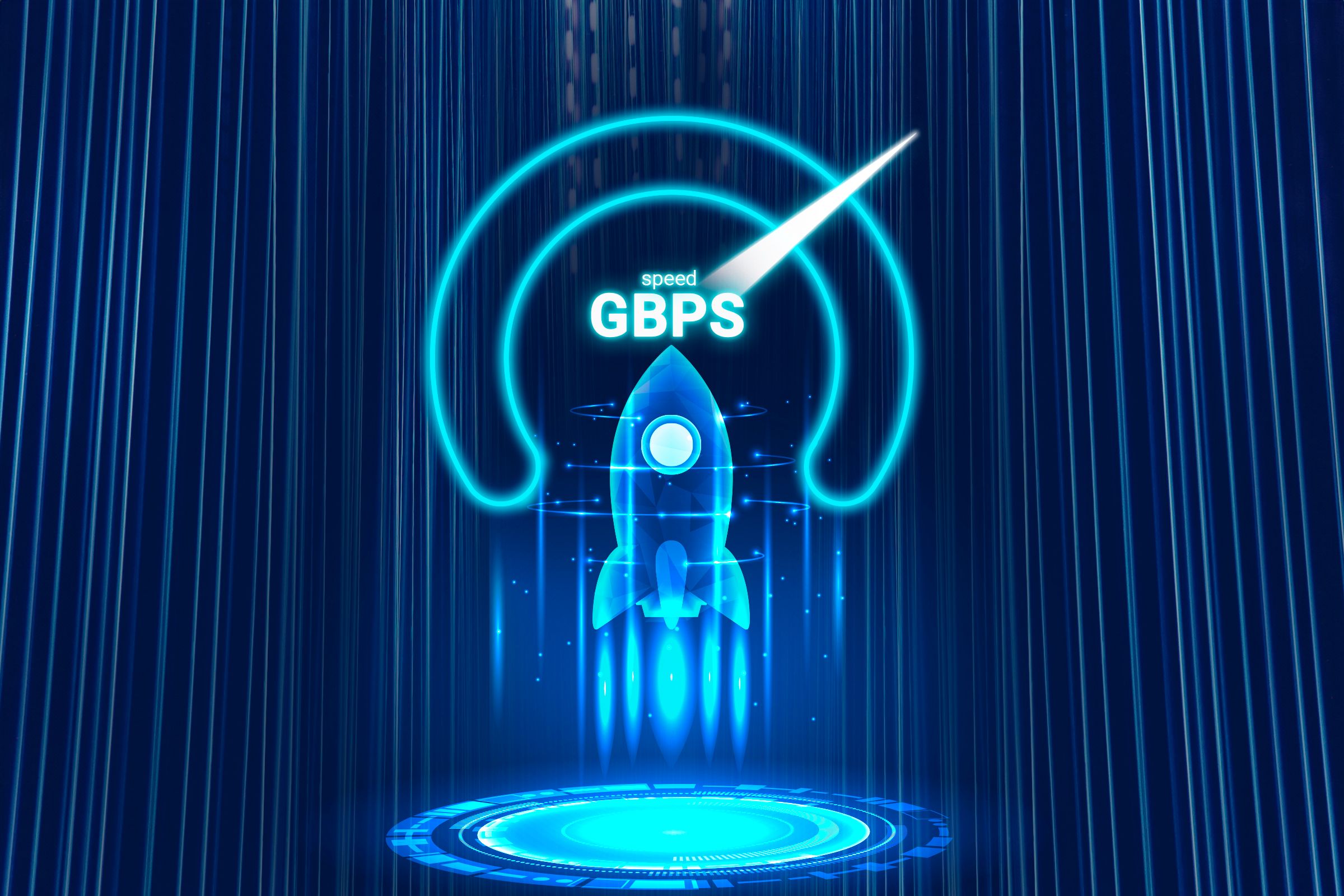
Related
Who Needs Gigabit Internet? I Do, And You Might Too
I felt the need, the need for really fast internet.
An HD Blu-ray is mastered to a specific quality standard, and every time you play that disc you will get the same quality. That’s a big advantage.
6
No One Can Edit Your Disc
I own several Blu-ray (and DVDs) of shows and movies that have elements to them that are less socially acceptable these days. Nothing egregious, just humor or attitudes that society has moved on from. In cases like these, some streaming services deal with this by leaving a note at the start of the stream letting you know that some stuff might be offensive to modern audiences, which I think is fair.
However, in some cases, the content is edited to remove things that modern censors deem inappropriate, which means that we can’t see the original version of the content.
Blu-ray and other similar media are indelible. There’s no way someone can reach over the internet and remove or change something on my disc. Which is an important reason why I collect the movies and shows that are most important to me. I want to preserve specific versions of shows and films. It’s why I own multiple versions of Robocop, and it’s why some people collect the LaserDisc version of Star Wars, because the original theatrical version has never been re-released since.
5
Better Bitrates Beat Resolution
“But Sydney,” I hear you ask, “4K streams have four times the resolution of an HD Blu-ray!” This is absolutely true, but it’s not just about the number of pixels you have, but the quality of those pixels. This is where “bitrate” and compression come into play. A streaming service like Netflix needs to aggressively compress the video stream to save themselves money, and, of course, so you can actually handle the video stream on a modest home internet connection.
There’s a vast gulf between how much data is available for a 4K stream and an HD Blu-ray, and so you may notice that the Blu-ray looks better when it comes to color, contrast, motion, and, paradoxically, some forms of detail that get lost due to the compression type used in the online stream.
To add insult to injury, if you have a good modern 4K TV or a good 4K Blu-ray player, its internal upscaler can work wonders with a 1080p Blu-ray. You’re probably sitting too far away from your 4K TV to see all the details anyway, and so the overall subjective experience is that the Blu-ray is nicer to look at.
4
Lossless Audio
Compression doesn’t just apply to video, it applies to audio too. Blu-ray discs that use PCM, Dolby TrueHD, and DTS-HD Master Audio have lossless audio. This means that there’s no compression to remove bits of the audio data that the algorithm thinks you won’t miss.

Related
Lossless vs. Hi-Res Audio: What’s the Difference?
And which one is more important if you’re looking for the best listening experience?
Not all Blu-rays have lossless audio, but even the ones that use a lossy compression scheme are still much less compressed than streaming audio. Now, high-quality lossy compression can still sound fine, but there’s just no comparison between my Blu-ray movies and their streaming versions when it comes to the clarity and detail in the audio. Even if the biggest difference comes down to how streaming services choose to alter the mastering of an audio track, the disc has the sweetest sound most of the time.

Related
Physical discs like HD Blu-rays, and, of course, DVDs and UHD Blu-rays, have extra content that’s usually omitted from streaming versions, Even when you buy the digital version of something outright, it may not come with those extras, or it will come with different extras, which still makes the disc worth owning.
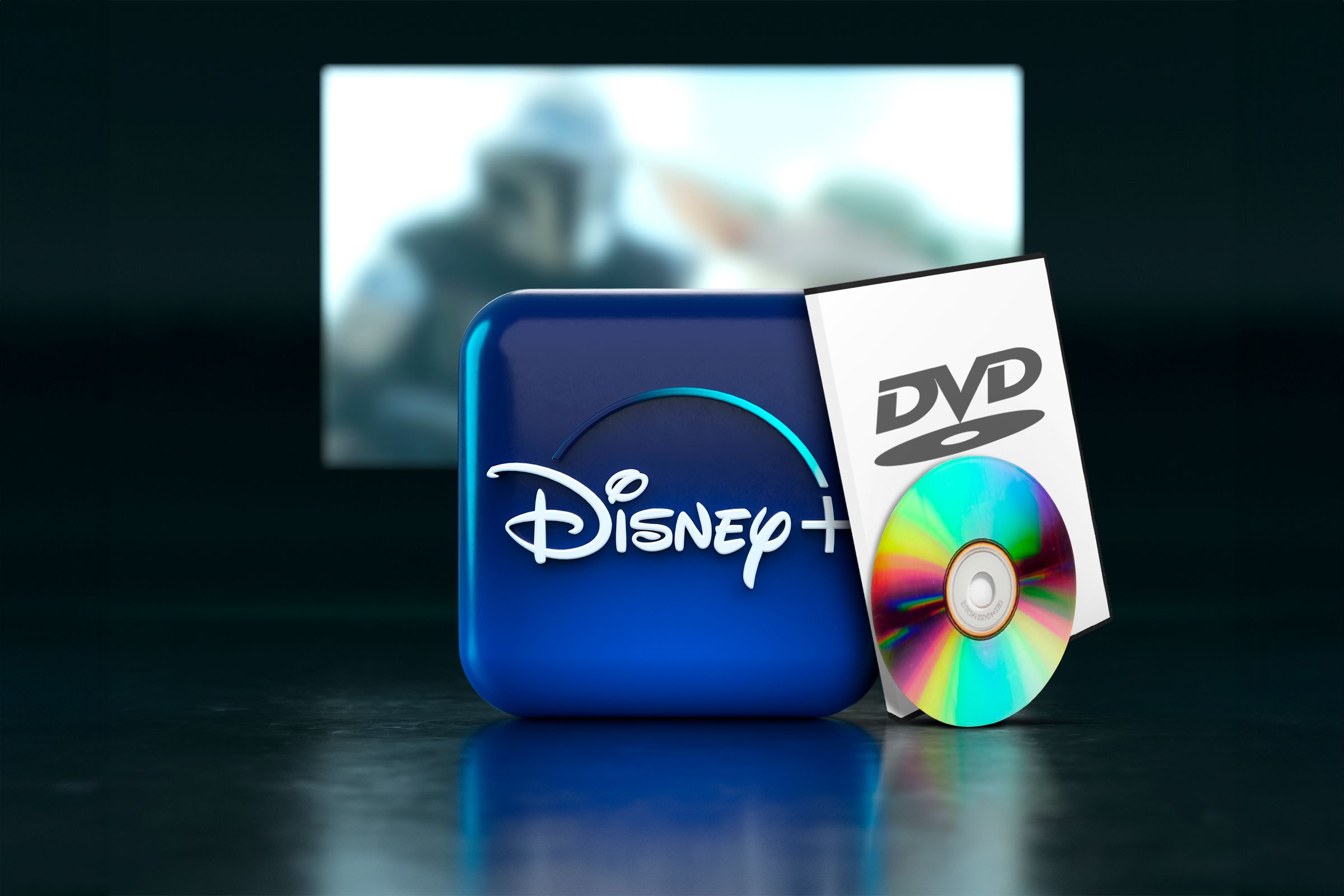
Related
This is also why it’s sometimes worth owning the BD and DVD of something, because their extra content doesn’t perfectly overlap. If you’re a superfan of something, physical media offer way more than just the core content itself.
2
You Can Buy and Sell Used Discs
OK, maybe selling your physical media when you’re done with it isn’t the most compelling argument these days. After all, if you’re going to sell it again, you might as well just switch to streaming. However, lots of people are dumping their physical collections, which means it’s the perfect time to snag all the Blu-rays that were so expensive just a few years ago.
I’ve walked into thrift shops and picked up pristine classic Blu-rays for a buck apiece. It’s rare to pay more than five to ten dollars, depending on how fancy the disc is, or whether it’s uncommon.
1
No Internet? No Problem
If there’s no internet, you can still watch your Blu-rays—4K becomes 0K when the internet is out.



